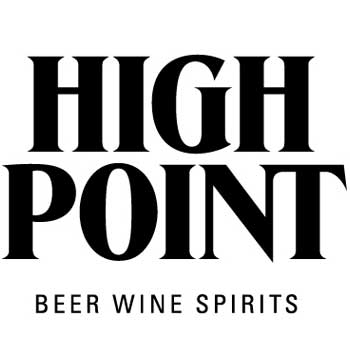It’s always exciting, and a bit of a gamble when brewing with wild yeasts. They can be more unpredictable than a carefully cultivated strain that hundreds and thousands have brewed with before and you know their preferred fermentation temperatures, the esters they produce and fermentation timeline. The upside is the uniqueness of the wild yeast, as it is naturally occurring locally, possibly only, where you are. Sometimes, however, the results aren’t that great.
Townsite Brewing’s Bois Sauvage. Wild Ale #1. Comes in a branded paper wrap. The packaging doesn’t tell you much about it, no ABV, no details. Just that it is a wild ale. What I can tell you from the sell sheet is that it is 5.8%, fermented by the wild yeast within their barrel room and then barrel aged for 2 years.
Pours a hazy straw colour with a thin white head. You get a big smack of funky sour on the nose. Lots of fruit, especially cherry stands out. Fairly thin body, heavy on the wheat notes. Not as effervescent as I would expect. Unfortunately, some wild fermented beer really work, and the yeasts they pick up add a really nice element to the beer. Unfortunately, I feel this one does not. It simply tastes a tad off and unpleasant. I also feel the wood notes drawn from barrel aging doesn’t do the beer any good. Hopefully another six months to a year in the bottle may do it some good.
Assemblage #1
I was hoping that blending the Bois Sauvage with Townsites sour Saison would be an improvement, and I was correct. To a point. The sourness of the Saison helps mask some of the poor flavours I found in the wild ale, but there’s still that unbalanced bitter woody undertones that plagued the unblended ale. Up front the sour notes are nice, but I find the finish to be fairly unpleasant.
